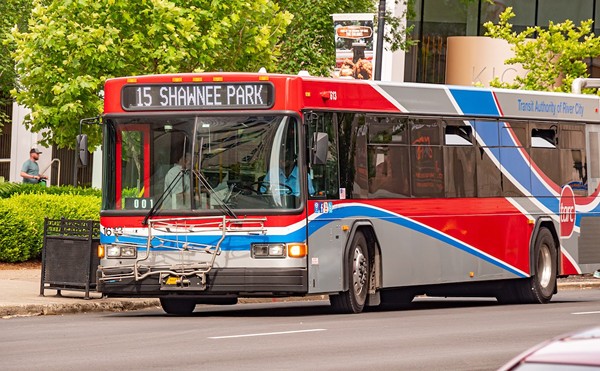In our fast-paced world of news and news-like information, it’s easy to forget the important role daily newspapers play in society, which is to provide seniors a festive, tactile maze to sift through in order to find the crossword.
With print journalism know-how in danger of becoming lost to history forever, future societies might never know the format’s many mysteries. Fortunately, a recent memo leaked from a major newspaper corporation describes how daily newspapers are edited today. Here is that memo:
Confidential — How to make a daily print newspaper in America in 2013:
Always build your daily paper around the most popular sporting event from the previous day, even though everybody who cares about it watched it live. If there is not a significant sports contest to report, find the next big upcoming sporting event and begin covering it in advance.
If there is no plausible way to run a sports story above the fold on page A-1, find the bloodiest possible story from your city — ideally a murder, automobile accident or freak injury. If there are no sports or blood, cover the obesity epidemic, focusing either on obesity-related diseases or jolly fat people eating pie at a fair (or both). A perfect front-page story would cover the tragic, accidental impalement of an obese child at a NASCAR race. Complement the story with a six-paragraph wire story about bloodshed in the Middle East or a senator’s sex scandal. Be sure to provide a balanced view by including quotes from extremists.
Inside the A section, include a roundup of bizarre bad news from around the country featuring small blurbs from far-away states, even if similar crimes happened in the local area. Try to include a natural disaster, a kidnapping, a 27-car pileup and some form of dismemberment. If any of these stories involve an attractive blonde woman, include a thumbnail photo. Fill in the remainder with wire stories from overseas, keeping your coverage shallow and condescending to the cultures in other countries, while remaining mindful of the financial consequences of American corporate interests.
Round out your A section with columns by crabby writers complaining that things in America frankly aren’t what they used to be, while nevertheless arguing in support of the status quo. Your Metro section should at all times directly compete with local TV news. Always include a sports story above the fold, ideally about fans enjoying the big game at a local watering hole or a fan whose entire home is decorated in the colors of his or her favorite team. Round out your Metro section with stories about bad weather, traffic accidents, murders, robberies and other crime stories that make readers feel frightened. Include quotes from civic leaders calling for reform while nevertheless arguing in support of the status quo.
The Sports section is where you can really start getting into some sports. Be sure those sports run the gamut from basketball to football. All other sports should be limited to three paragraphs or fewer, culled from wire stories. Your columnists should be your highest-paid and most famous editorial staffers who argue that reforms are desperately needed while passionately demanding tribute to glorious tradition. Every sentence should include at least one sports cliché, and each story should include several words that remind readers of sex, like “penetration,” “tight end” or “take it to the hole.”
The Features section is a good place to include stories about sports fashion or women’s sports. It’s also a good opportunity to appeal to youth by including coverage of trends, such as “twerking,” “selfies” and “twerking selfies.” Recycle Hollywood gossip from the Internet and press releases about local appearances of redneck reality stars. Attract male readers with pork-chop recipes and zoomed-in photos of dick pills. To frighten grandparents, write often about the latest street drugs, using nicknames you’ll find on Twitter.
Readers are busy and don’t have time for in-depth stories or analysis, so you should make sure your paper takes no longer than 15 minutes to read. That shouldn’t be difficult, because readers will have already seen all the news by the time you can print and distribute your papers. In fact, you might need to slow them down with some annoying wrap-around advertising.
For more information, please see our secret memos, “How to Design a Newspaper Website,” “Awesome Newspaper Tablet Apps” and “Newspaper Reporters Making Their Own Videos: What Could Possibly Go Wrong?”






